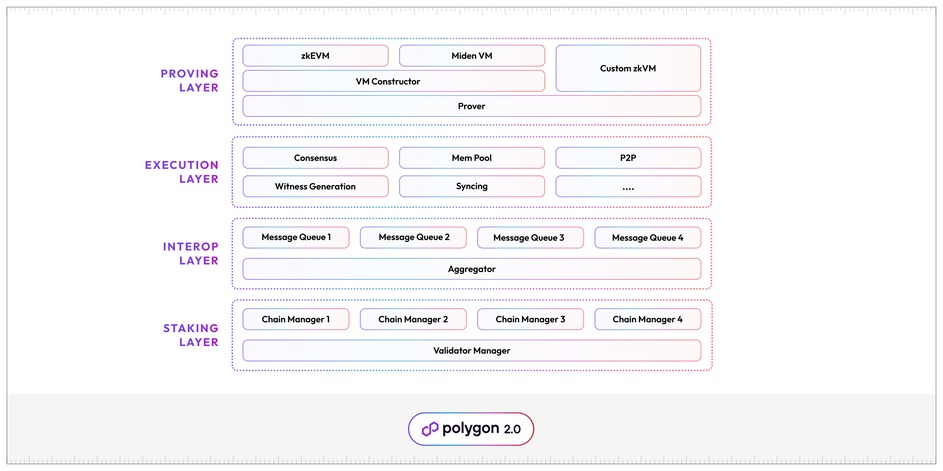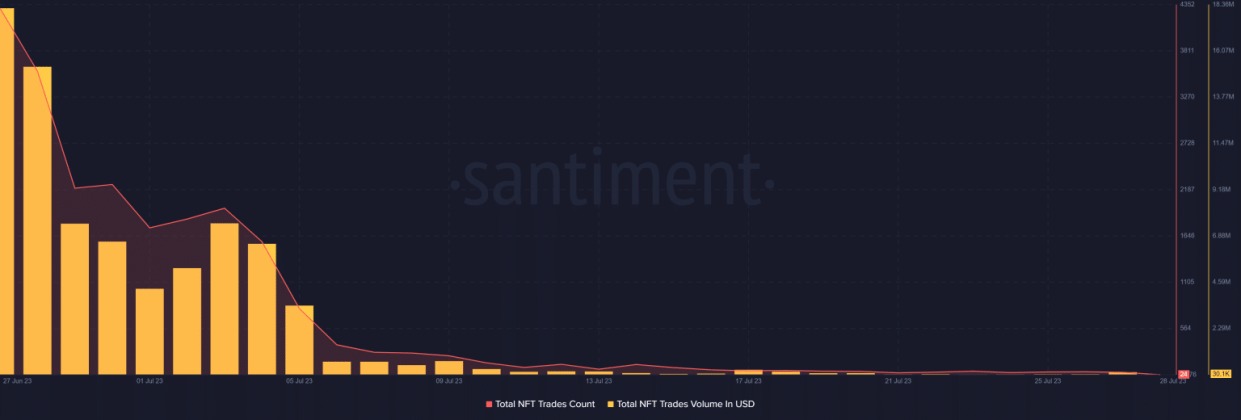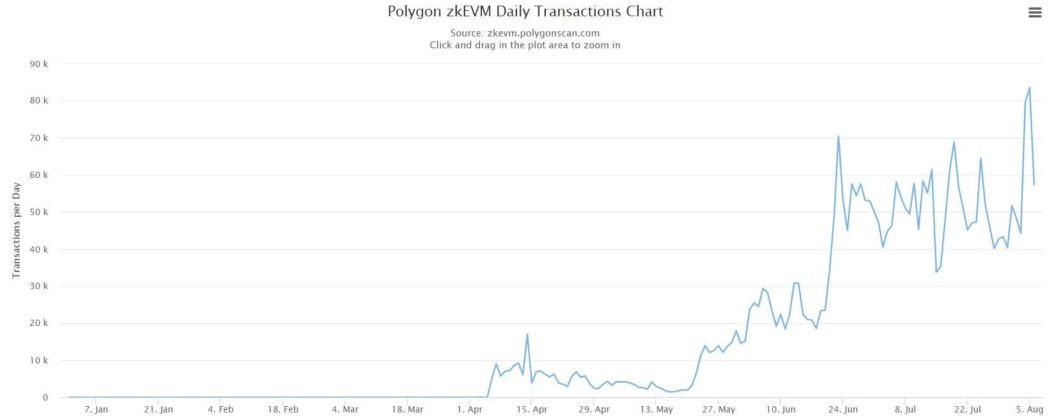It’s the most popular Ethereum Layer 2 solution, and its getting a major overhaul.
Polygon, the most prominent Ethereum Layer 2 solution and one of the top cryptocurrency projects by market value, is launching its first zkEVM chain, independent of the main Polygon proof of stake chain. Furthermore, it plans to fundamentally change the architecture of the Polygon Network with the launch of Polygon 2.0. So, what is Polygon 2.0, and why does it matter?
What Is Polygon 2.0?
Polygon 2.0 is a planned Polygon Network upgrade to establish it as the “Value Layer of the Internet.” It will be an elemental protocol that enables users to create, exchange, and program value in the same manner they do with information on the internet but in a decentralized system.
By providing features such as digital ownership, decentralized finance, and new coordination mechanisms, Polygon 2.0 will enable anyone to access the global economy.
It reimagines the architecture of the Polygon network, its governance, and tokenomics and tries to address the challenges of existing blockchains, more precisely, network throughput and scalability limitations.
How Does Polygon 2.0 Work?
Polygon 2.0 will take a four-layered structure designed to improve the security and scalability of the network while making transactions atomic and instantaneous.

An illustration of Polygon 2.0 4-layer architectureImage Credit: Polygon Labs
The layers include:
- Staking Layer: This is the existing layer composed of a “validator manager” contract on the Ethereum blockchain and a “chain manager” for every Polygon chain created. It maintains the validators’ registry, processes their requests, and processes slashing events.
- Interoperability Layer: Built upon the staking layer, the interop layer connects every Polygon chain using bridges. It will also have an aggregator that merges zero-knowledge proofs into one proof sent to the Ethereum blockchain.
- Execution Layer: This layer will enable the Polygon chains to process blocks similarly to Ethereum blocks. It contains multiple components, including P2P, consensus, mempool databases, and witness generators.
- Proving Layer: This layer generates proofs for all internal and cross-chain transactions for each polygon chain: It’s composed of the “common prover” for proof aggregation and verification, the “state machine” that simulates the execution environment, and a “constructor” for developers.
Polygon Labs believes the resulting network of zk-powered Layer 2 chains consolidated through a cross-chain coordination protocol will achieve unified liquidity and unlimited scalability. Consequently, users will engage with the entire network with singularity.
What Polygon 2.0 Means for Crypto Users
Polygon 2.0 introduce two great features to the network:
- Polygon 2.0 will rely on zk-proofs to store validated transactions on Layer 1 and actual transaction data on Layer 2. This innovation will reduce the cost of transactions and improve users’ privacy.
- The network will support countless chains and allow unlimited cross-chain interactions instantly without compromising security. Hence, users will interact with the entire network without feeling they’re leaving a single chain.
With such developments paving the way for a better Polygon Network, it will be interesting to watch if more investors will bet on its future.
Polygon 2.0 Will Be a Web3 Mainstay
The future looks promising for the Polygon Network as it introduces Polygon 2.0, which will establish an essential protocol in the Web3 environment. Over the next few weeks, Polygon Labs will share detailed data on the architecture and workings of the new network and how they intend to transform the project. If interested in reviewing the proposal, you’re encouraged to participate in the community’s conversations that will shape the network’s future.
Polygon 2.0 could have a positive impact
According to CryptoSlam, Polygon’s NFT sales are down more than 39%. On top of that, Santiment’s chart indicates that its total NFT trading volume has dropped significantly.
Total NFT trading volume in USD has also shown a similar trend, raising concerns.

However, things may soon change in a positive direction as the hype surrounding Polygon 2.0 increases. In fact, One Planet, an NFT marketplace, has hinted at launching on Polygon 2.0 soon.
According to the tweet, the launch will seek to turn the tide of the bear market and help swing things in Polygon’s favor.
It’s coming… 🟪🌊 pic.twitter.com/QOC3CyTptK
— OnePlanet (@OnePlanet_NFT) July 26, 2023
Additionally, a few days ago, Polygon’s Saga zkEVM 2.0 campaign launched. Participating in the quest will allow members to be among the first to access the zkEVM exploration adventure. Furthermore, zkEVM has also been in the news recently as its daily transaction count hit a new ATH of over 83,000 on July 26.
How Polygon’s ZkEVM and NFTs are shaping the ecosystem

Thanks to the increase in transactions, roll-ups’ daily gas usage has also spiked in the past few days. Additionally, roll-ups have also increased in value, which is evident by the increase in its TVL over the last month.






